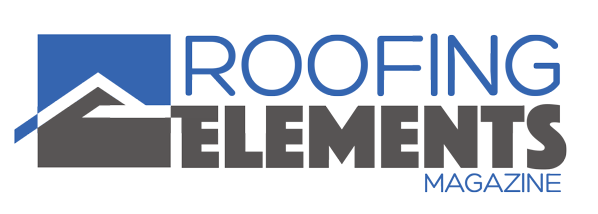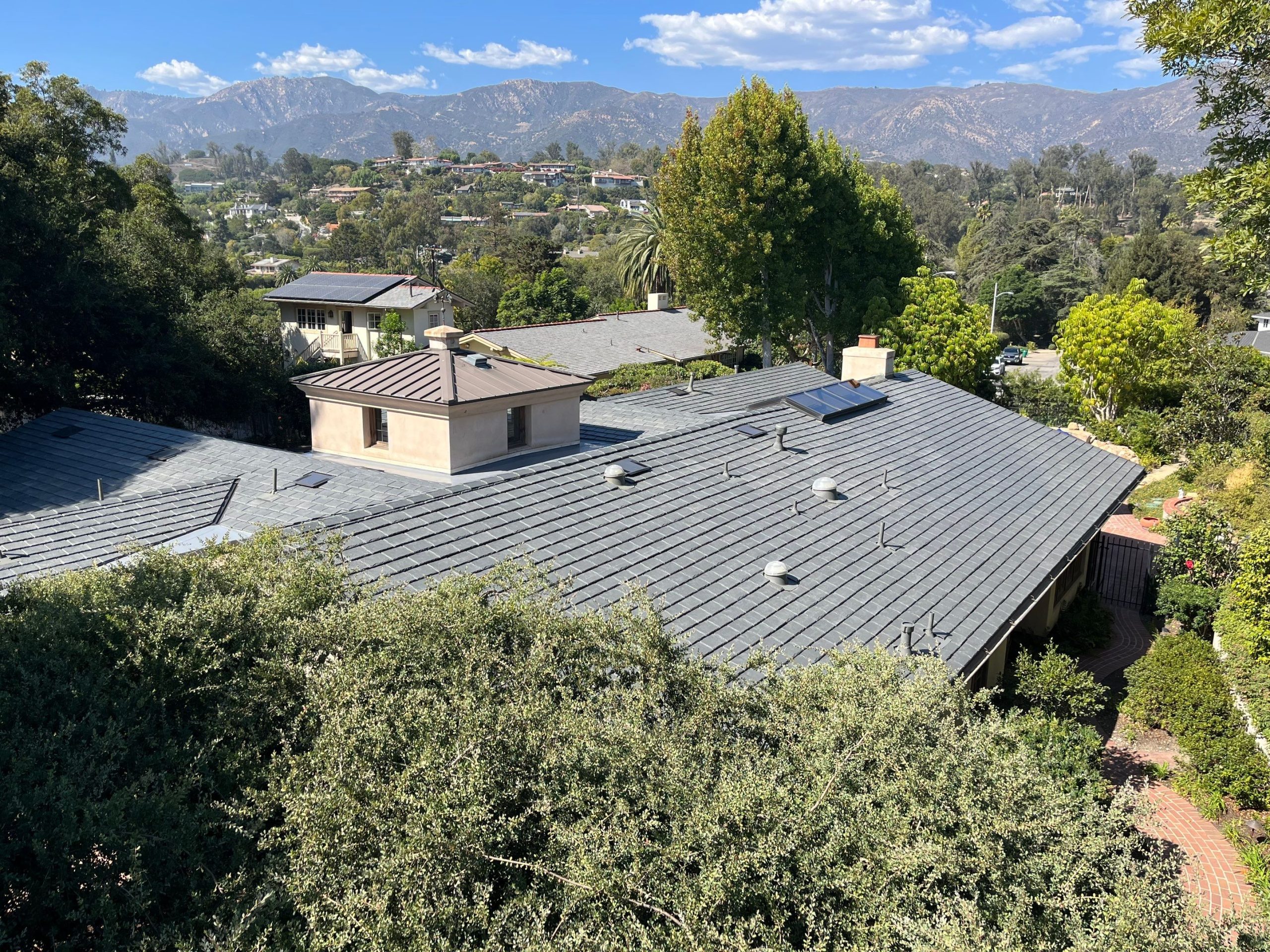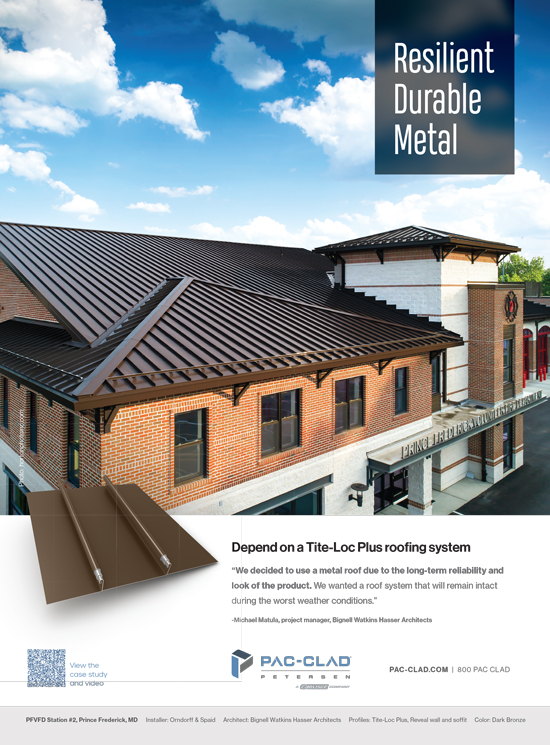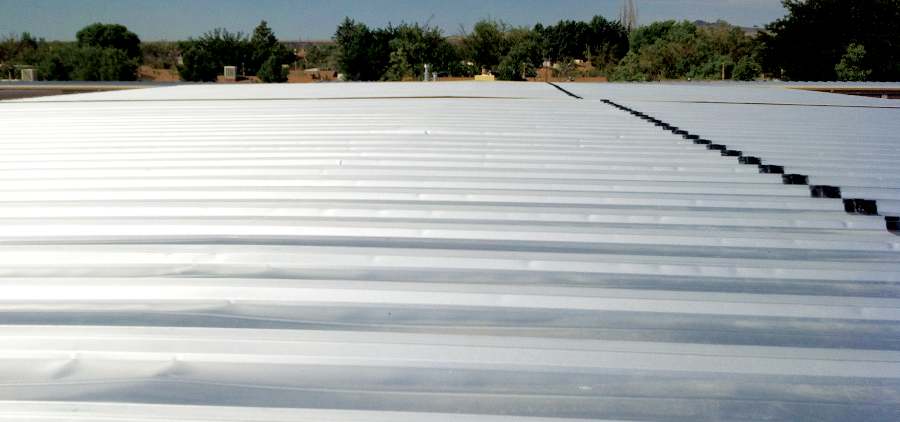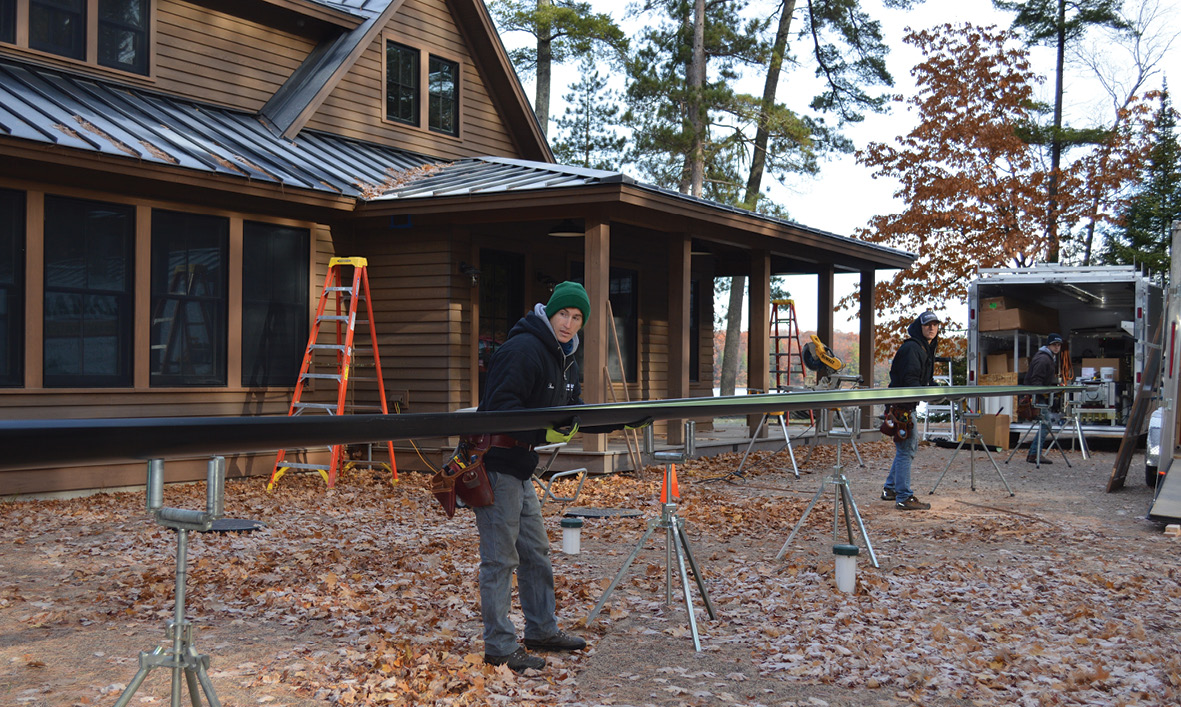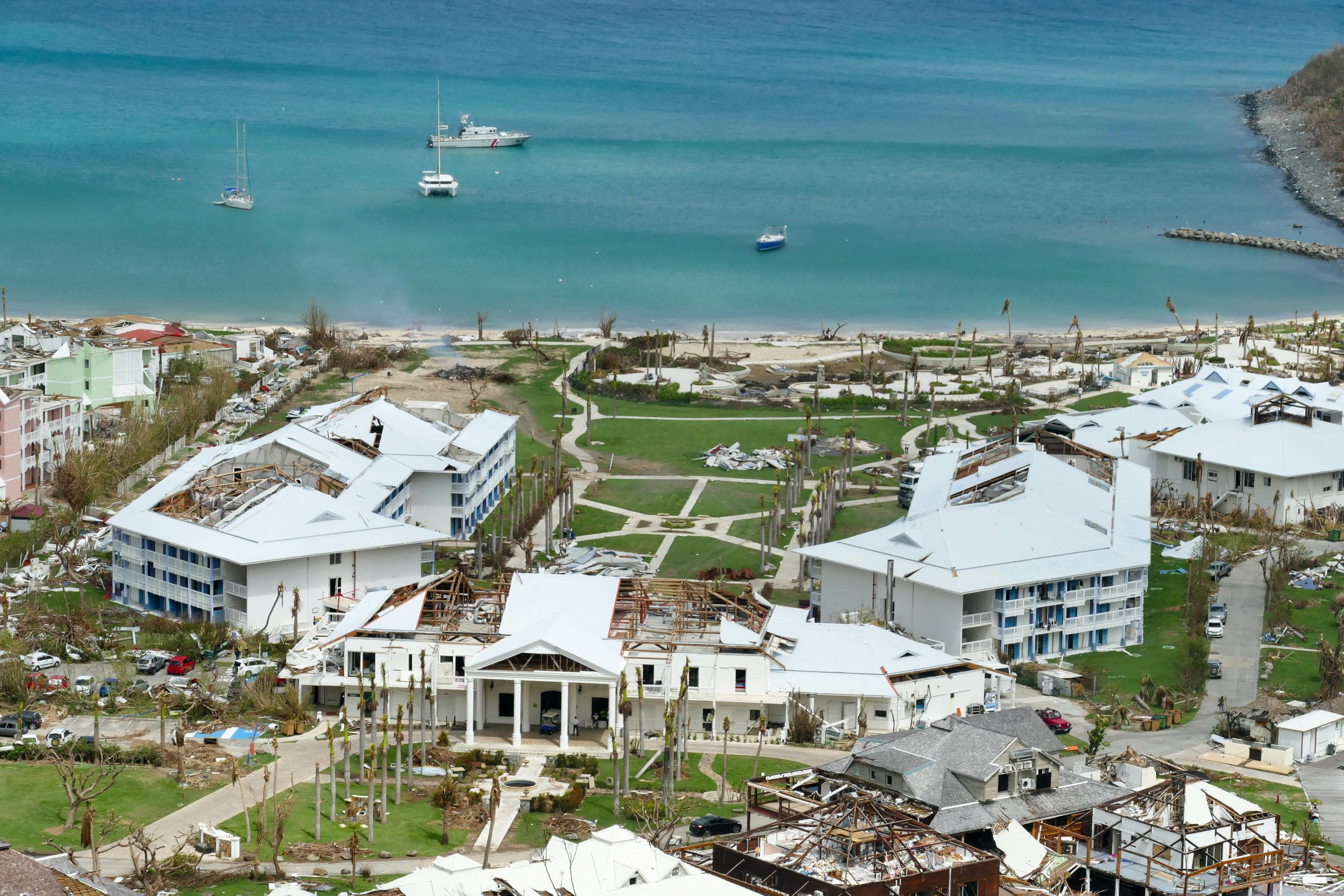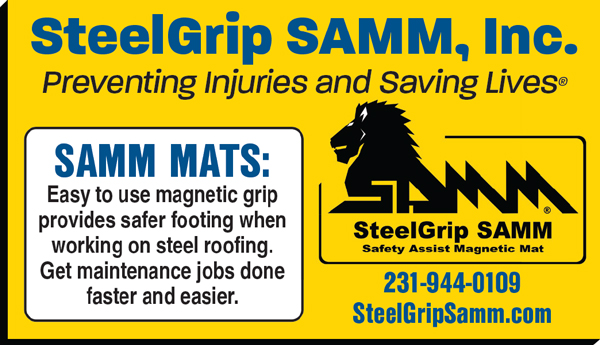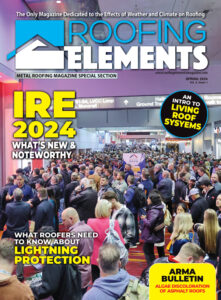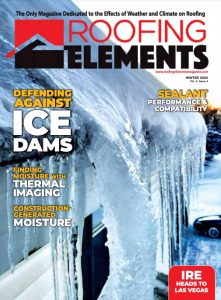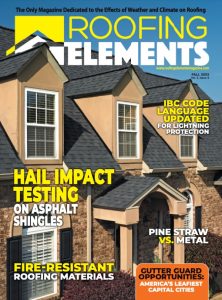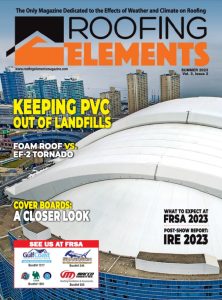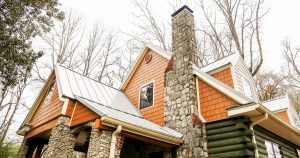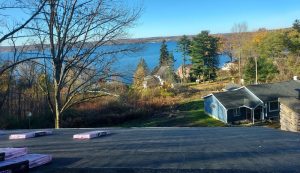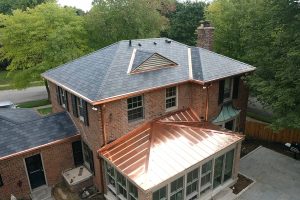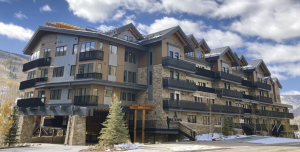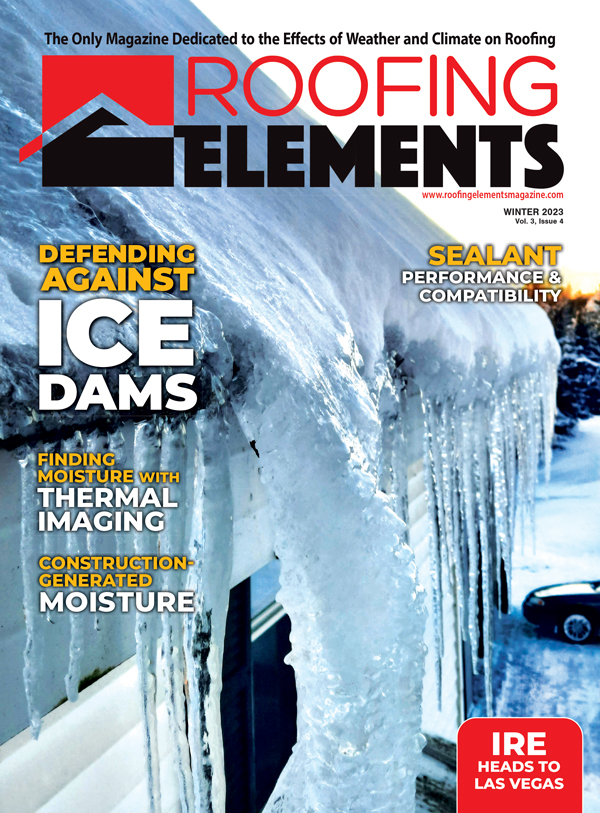By Linda Schmid
Fire resistance in roofing has always been a consideration, but with more and more wildfires causing distress and destruction it is becoming more important all the time. Even those who do not live in particularly wildfire-prone areas may see unusual stretches of exceedingly dry weather or drought, which of course can increase the risks of wildfires. This would seem to indicate that anyone in the industry should give some thought to the fire resistance of the roofing materials they are providing or installing.
It’s About The Whole Roof System
Tom Creigh of Petersen PAC | CLAD said that roofing materials are not fire resistant simply because they are made of metal; it is dependent on the combination of the roofing material and the sub-assembly. Further, metal shingles don’t always pass fire resistant tests because they might not be mechanically seamed so flame will find a weakness. Corrugated metal panels with exposed fasteners may not pass because fire can burn through. Some aluminum and copper isn’t fire resistant since it melts quicker than steel.
According to EDCO, the Federal Emergency Management Agency (FEMA) recommends Class A roof assemblies in “wildfire regions.” The roof assembly includes all of the roof components, the shingles or panels, sheathing, rafters and trusses, flashing, insulation and vapor barrier, if used. The rating system includes classifications of A, B, and C based on their testing performance. Further, FEMA recommends metal, slate, and terra cotta roofing materials. When it comes to fire resistance, tiles can come loose or break leaving the structure less protected, which can be amended by regular maintenance.
While many people focus on metal, slate, or terra cotta, Kathy Ziprik, DaVinci Roofscapes, a division of Westlake Royal Building Products™ USA Inc., conveys that some composite slate and shake shingles have attained Class A ratings. There is a wide range of Class A fire-resistant roofing options to choose from.
Fire Resistance Requirements
Creigh said that while fires may be more likely to occur in some geographic locations than others, the materials used for fire resistance do not change. In other words, if you put roofs on buildings in the Midwest near the Great Lakes, the fire-resistant materials that you would use to resist fire are the same as those you would use in California in the middle of wildfire country. Further, the only requirements for fire resistance are those in the local code, unless the area is a Wildlife Urban Interface (WUI). DaVinci Roofscapes noted that WUI rules require a building to be “ignition resistant” and the local WUI code may indicate specific approved products. Further, there are requirements for the site of a WUI, such as the distance a building must be from trees or shrubs. Smaller municipal sites that are not covered by the WUI rules may not have any regulations at all regarding fire resistant roofing systems.
“Codes are generally more stringent in big cities,” Creigh said. “Also, it is considered more important to require fire resistant materials for structures like schools, hospitals, and municipal buildings.” Generally it is the architect’s job to ensure that a building plan meets all requirements, he added.
An A rating is the very best; people who are very concerned about fire resistance look for an A rating, Creigh said. If a material is tested but fails, it does not receive a “bad” rating; it is simply unrated. “Beware the company that states their product is ‘fire resistant rated’ but doesn’t give the rating,” he said. “It’s probably not Class A.”
UL 790
The group most involved with setting the fire resistance codes and testing is Underwriters Laboratory. There are two categories for testing, and it makes no difference whether the building is residential, commercial, or industrial; the tests are the same. The first, UL 790 is a test protocol for the roof and sub-assembly for fire that originates on the exterior of the building, for example sparks from a bonfire or a wildfire landing on the roof. The test is about finding out what the roof material in combination with its sub-assembly can withstand and for how long before the fire begins to burn through into the building.
The tests will include trying to ignite the panels and trying to ignite the joints; the testers are looking for the roof system’s weakness. Witnesses will look for flames during the test and ash afterwards to gauge how well the system held up.
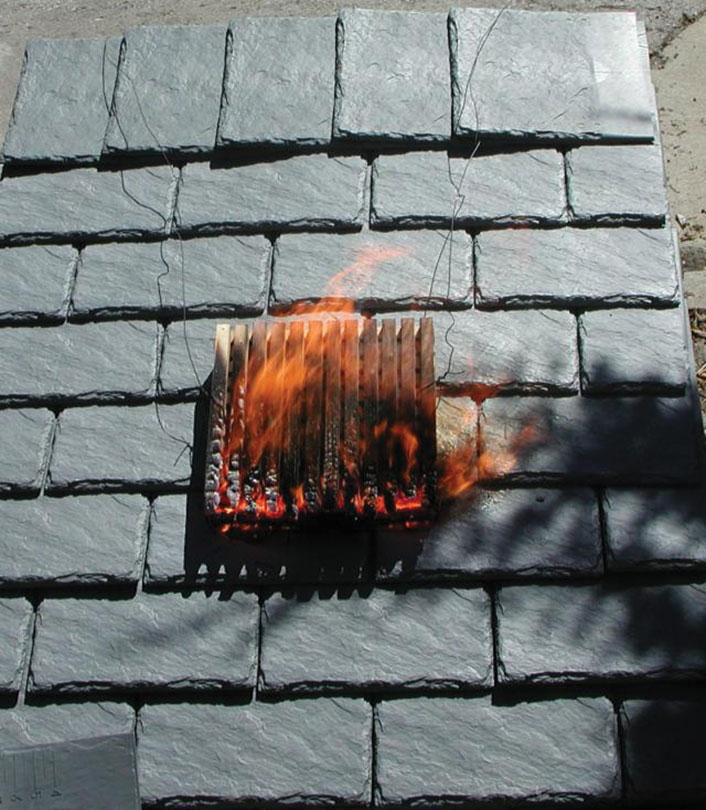
The tests roof systems must pass include the Intermittent Flame Test in which the system is subjected to an intense flame for two minutes then turned off for two minutes. This treatment is repeated 15 times.
The Spread of Flame Test involves applying flame and air current to the roof system for 10 minutes. Finally, a burning brand is placed on the roofing assembly with a high volume of wind behind it. The decking of the assembly is monitored for 90 minutes for fire burn-through. This is the Burning Brand Test, and it is pass or fail; if fire burns through the roof deck at any time during the 90-minute trial, the system fails.
The roof system passes or fails as a whole; for example, a roof system may fail the test, but change out the sub-assembly and it may pass as Class A fire resistant. This means that it is very important that every component used is exactly what was specified on the UL 790 test certificate.
UL 263
UL263 is the second testing category; this testing protocol is for fire that originates inside the commercial or industrial building. The test is not done on residential structures; Creigh states that most residences would not pass UL 263 due to wood or other flammable materials used in its construction.
The test procedure, according to Intertek, is to subject the roof system to fire, achieving a specified temperature for a specified period of time. The test determines what it takes to transmit sufficient heat and gas through the assembly to ignite cotton waste in the roof. It is also looking at the system’s load carrying ability under these circumstances.
Tips For Roofers
• Know the code in your area and whether or not fire-resistant materials are required.
• Although fire-resistant roofing may not be in the code, it’s a good idea to ask a customer if they are interested in it since it may not be something they’ve thought about.
• When a customer is considering investing in fire-resistant roofing, suggest that they check into possible discounts on insurance. This is a good sales tactic for those who are resistant to the higher cost and also a service to those who are already sold on a fire-resistant roof.
• Make sure you know the rating of the roof system you are installing; A is the highest rating and C is the lowest. No rating means the system is not fire resistant.
• When the customer has decided to put on a fire-resistant roof, make sure you follow the architect’s plans to a T. One seemingly insignificant change in components can nullify the fire-resistance rating.
